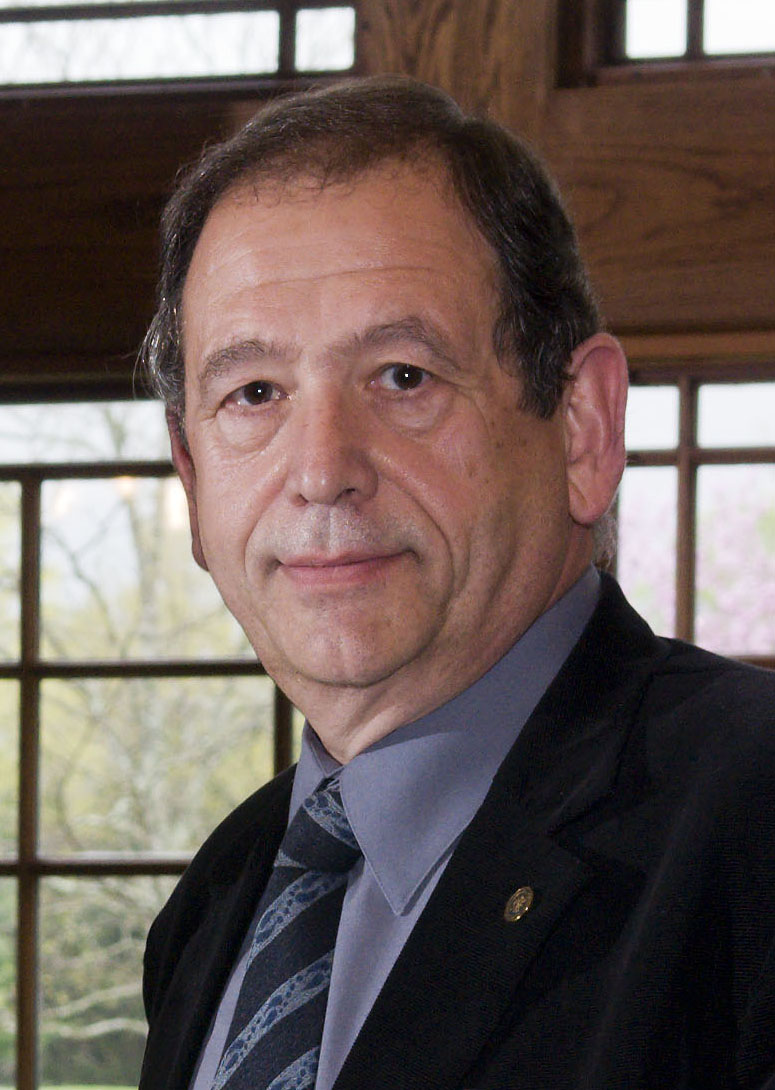Coal and Energy Center at Virginia Tech selected for study on injection of carbon dioxide into storage reservoirs

In a test project, researchers plan to inject some 20,000 tons of carbon dioxide (CO2) into a coalbed methane field in southwest Virginia at a site that is not suitable for underground mining purposes.
A cadre of government and private companies, led by the Virginia Center for Coal and Energy Research located at Virginia Tech, will be involved in the injection and subsequent monitoring. Some $11,500,000 in funding for this four-year project is coming from the U.S. Department of Energy and is part of a portfolio of projects aimed at achieving a better understanding of the effect of CO2 on geologic formations.
“The proposed research will test the ability to inject CO2 into coal seams that cannot be mined, as well as the potential to enhance the coalbed methane recovery,” said Michael Karmis, the director of the Virginia Center for Coal and Energy Research and the Stonie Barker Chaired Professor of Mining and Minerals Engineering at Virginia Tech.
The project is based on a number of previously successful studies that have identified promising methods for storing CO2 in stacked underground reservoirs, and the ability to sequester the CO2, identified as a contributor to global warming, in the coal seams.
Research is ongoing as to which coal seams are good disposal sites and the conditions under which the impounded CO2 would remain stable.
For example, previous studies have indicated geologic formations in Central Appalachia are promising for storage and carbon sequestration. Results from these studies are the basis for the proposed work by Karmis and his colleagues. “However, limited experience with injection into coal, tight sandstone, and organic-rich shales in Central Appalachia makes commercial potential uncertain at this time,” Karmis said.
The grant to Karmis and his team is part of a larger effort recently announced by the DOE. On July 6, the federal agency released its intent to expand its efforts in insuring long-term geologic carbon dioxide storage is safe and environmentally secure with more than $45 million being devoted to these efforts.
The other two new DOE projects will allow Blackhorse Energy LLC of Houston and the University of Kansas Center for Research to perform similar studies.
In Virginia, Karmis will document the efforts and record the work into a best practices manual for carbon dioxide capture and storage activities. The manual is intended to help reduce storage risk by documenting the uncertainties related to these activities. Also, project data will be incorporated in the National Carbon Sequestration Database and Geographical Information System, an interactive online tool that integrates a wealth of information on worldwide efforts to deploy carbon capture and storage technology.
Carbon capture and storage is the process of capturing greenhouse gases from large stationary sources, such as power plants, and storing them in ways that prevent their release to the atmosphere, and is a key element in national efforts to mitigate climate change.
The Office of Fossil Energy’s National Energy Technology Laboratory will manage the work.
Working with Karmis and his center will be: Marshall Miller & Associates; the Virginia Department of Mines, Minerals, and Energy; Southern States Energy Board; Gerald R. Hill Ph.D. Inc.; Geological Survey of Alabama; Sandia Technologies; and Det Norske Veritas. This research team has experience in a number of geologic storage characterization studies and carbon sequestration injection pilot studies under the Regional Carbon Sequestration Partnerships established by the NETL/ DOE.




